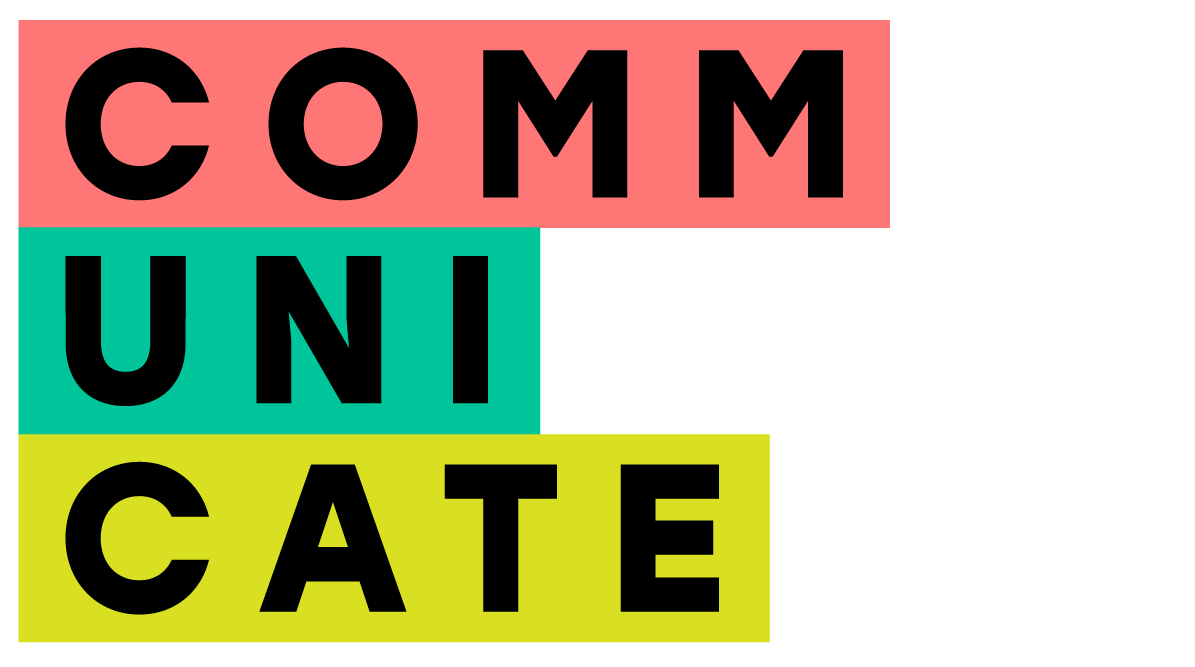Inclusive Language in the Workplace
Language has the power of connecting individuals and building relationships, in and out of the workplace. It can equally create barriers, which can impact an individual’s sense of belonging and ability to feel safe in being their authentic selves. Language is nuanced and sometimes we do not realise that our language could have additional meaning that could be considered as derogatory or exclusive. In this article, we will explore why inclusive language matters and provide some useful tips on how it can be used in the workplace.
What is inclusive language?
Inclusive language in the workplace is an integral part of inclusion and a vital aspect of creating a welcoming, comfortable and respectful environment for all employees. It involves using language that does not exclude or offend individuals irrespective of their ethnic background, gender, sexual orientation, age, socioeconomic status, religion, or any other personal characteristics.
Why inclusive language matters?
We know that inclusivity creates a sense of understanding and belonging for employees, which is more likely to make them feel respected, seen and valued as individuals. An employer that values the importance of Diversity Equity and Inclusion (DEI) in the workplace will understand that a strong emphasis on inclusive language will help in achieving a more inclusive workplace. Inclusive language recognises that word choice matters whether that is intentional or unintentional.
But why else does inclusive language matter?
1. It helps to create a sense of belonging and inclusivity for all employees, regardless of their background. It can help to prevent individuals from feeling excluded or marginalised and can foster a sense of understanding and comfortability.
2. Inclusive language helps to promote diversity and equity in the workplace. When employees feel valued and respected, they are more likely to contribute to the organisation's success and to work towards common goals. This, in turn, can help to attract/retain a diverse workforce and hence, talent pool.
3. Using inclusive language in the workplace is simply the right thing to do. It is a way to treat all individuals with dignity and respect, and to create an environment that is free from discrimination and prejudice, the basic minimum for humankind.
It is important to take the time to educate yourself on inclusive language and why it matters. This can help you to be more mindful of the language you use and to create a more inclusive workplace. There are plenty of online tools, resources and platforms that can be used when considering inclusive language:
· Textio- is an augmented, online writing tool that identifies any exclusive language in written content for emails, blogs, articles etc
· The Conscious Style Guide- is a resource on conscious language and a breakdown of categories, as well as offering guides on inclusive language.
· Better Allies- a practical guide for how to use inclusive language, whilst being an ally in the workplace
· Gender Decoder- finds subtle and unconscious bias relating to masculine and feminine words to create more accessible copy for all genders.
· Casey by Croud- Casey is named after the feminist author and advocate of non-sexist language, Casey Miller. Casey is designed to catch potentially offensive language choices, such as gender-favouring, polarising, race-related, religion-inconsiderate, or other unequal phrasing.
You can also take a look at specific examples and tips when approaching inclusive language.
Using inclusive language in the workplace is essential for creating a welcoming and considerate environment for all employees. By following these tips and being mindful of language choices, we can create a workplace that is inclusive, vibrant and thriving and one where employees feel respected and empowered to contribute their best.
